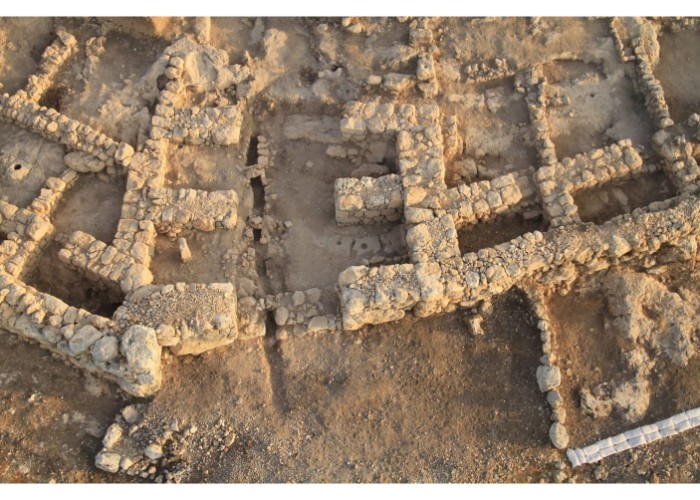In the past centuries, many great discoveries have been unearthed. Before science and research have been as advanced as today, most of them have not been understood correctly or at all. With the development of science, most of these discoveries have been explained and their significance scientifically proved. But there are still those that elude even today´s scientists and which are still unresolved. Here are 5 ancient discoveries that to this day have not been explained.
In the past centuries, many great discoveries have been unearthed. Before science and research have been as advanced as today, most of them have not been understood correctly or at all. With the development of science, most of these discoveries have been explained and their significance scientifically proved. But there are still those that elude even today´s scientists and which are still unresolved. Here are 5 ancient discoveries that to this day have not been explained.
1. The Nazca Lines, Peru
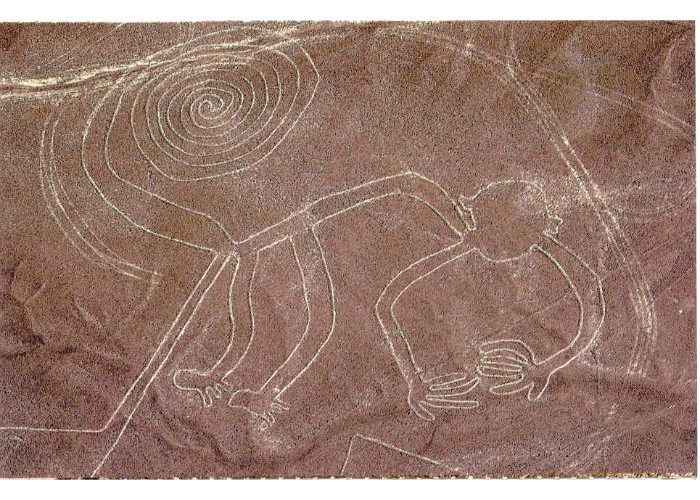
First discovered in the 1920s and 30s when seen from the air by a commercial plane, researchers are still trying to understand the purpose of these lines, known as geoglyphs, located in the Peruvian coastal desert plain. Covering an area of around 450 km2, made by the Nazca culture more than 2000 years ago, they portray animals, plants, geometric figures etc. in enormous size. Theories range from a ritual communication method, representation of constellations to extraterrestrial influence.
2. Giant stone spheres, Costa Rica

In the Diquis Delta, in the south of Costa Rica, a Pre-Colombian civilization has made hundreds of giant stone spheres, mostly from gabbro, a rock formed from molten magma, known as Las Bolas. Since they were discovered in the 1940s by the employees of the United Fruit Company while clearing the jungle, how they were created so near-perfectly and for what were they used still remain a mystery.
3. Stonehenge, England
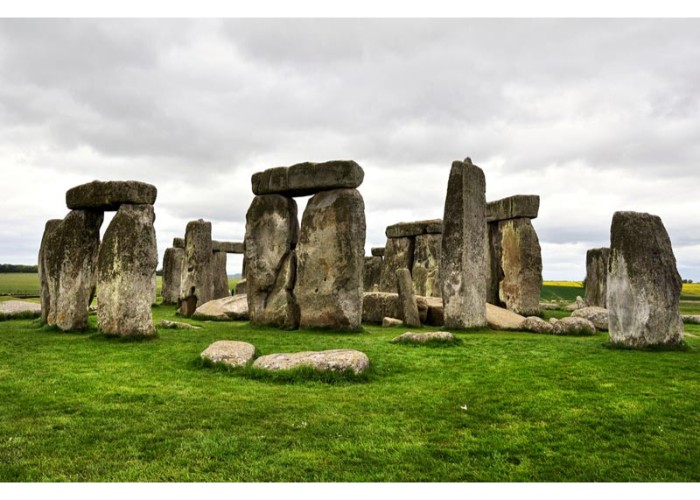
One of the most famous archaeological mysteries, this megalithic ring erected more than 4000 years ago, has yet to reveal its role. What confuses the scientists the most is how were the stones transported from a place 225 km away and how were they put in place, next to for what were they used – as a temple, an observatory, or something completely opposite.
4. Roman Dodecahedrons, all over Europe
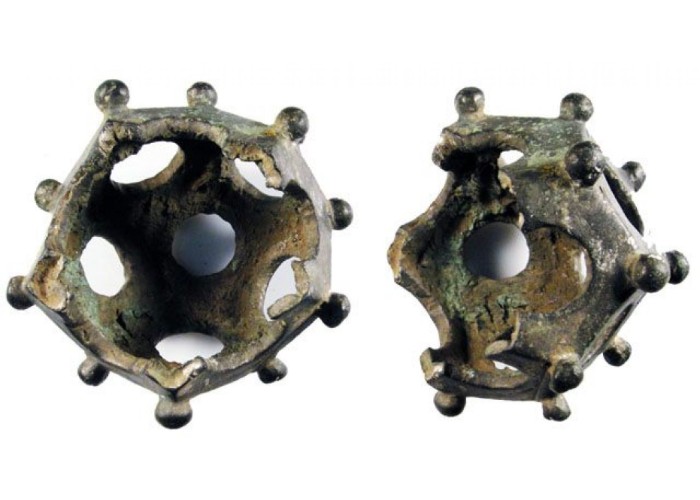
Dating back to between 100 and 300 AD, these objects which still remain a mystery to scientists got their name from having a shape of a pentagon, with 12 sides. Made from bronze or stone, around 3 to 10 cm in size, it has large holes on each side and on each point a knob, which purpose is unknown. Some of the proposed theories are that they represent some kind of a measuring device, or a religious relic, a weapon, toy, while some connect its 12 sides with zodiac signs. Unfortunately, without any written evidence, the true purpose of this object will remain shrouded in mystery.
5. Antykithera mechanism, Greece
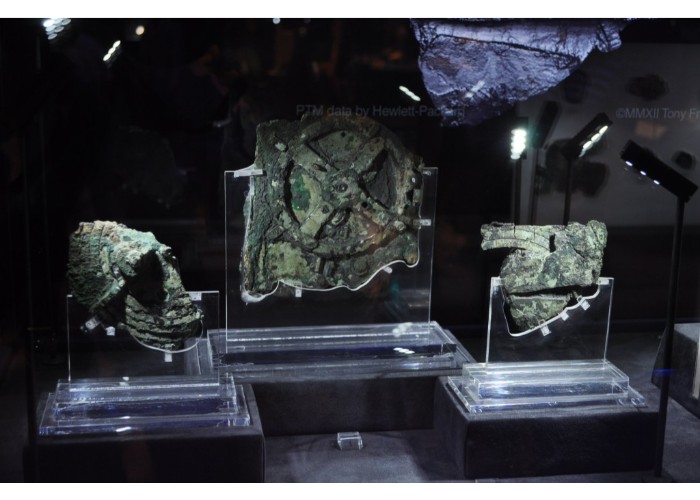
One of the major archaeological discoveries ever made, this artifact has been named the Greek analog computer. Found amongst the cargo of a Greek shipwreck, dated back to around 2000 years ago, this object made of bronze consists of an intricate maze of at least 30 interlocking gears and various characters spread all over its surface. Its purpose is known – it can track celestial positions of the Sun, Moon, and five other planets, as well as eclipses, decades in advance! It could be also used to track the 4-year cycles of the Olympiad. What remains a mystery is which technology they have used to create this device, since not until the 14th century and the appearance of first astronomical clocks in Europa has this technology appear again.
